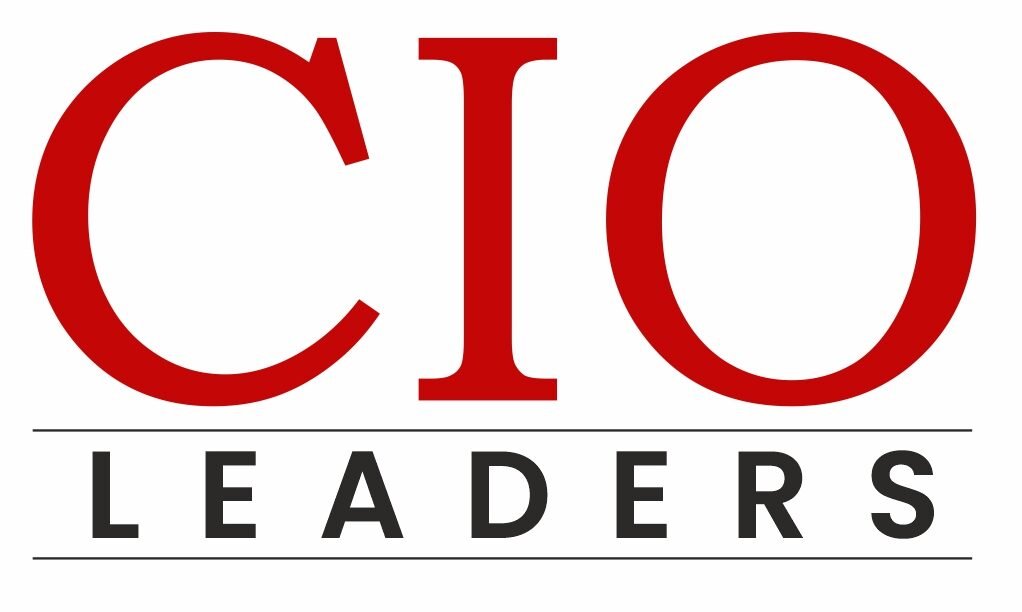From all corners of the globe, institutions are adopting a new revolutionary form of leadership groups. Women are ascending to the pinnacle of business, politics, academics, and nonproofs. It is the culmination of decades of grassroots movements for gender equality and more and more ubiquitous recognition by institutions that diversity at the top leads to long-term development and stability. Where once diversity embodied a mandate, now diversity is considered a strategic asset that contributes vision, innovation, and agility to the work force. Building women leaders is not token change. It is a profound culture shift for work environments that have been designed from a homogeneous perspective. Organisations that build gender inclusive leadership streams strategically are reaping concrete returns in governance, operational effectiveness, decision-making speed, and stakeholder trust. These advantages are prompting other organisations to build leadership streams which are equitable and sustainable.
Drivers of Women’s Emergence
Increased presence of women at the decision-making levels over a period of time is due to a convergence of policy support, education progress, and changing social norms. Women have, in the last two decades, entered higher education, industry training, and executive development in larger numbers. This has provided a wider pool of talent of appropriately qualified individuals from which organizations can choose senior managers and board directors. Across almost all regions of the world, legal and policy reform has also promoted greater openness of recruitment and appointment of board members, a force for change.
Equally, investor sentiment has been a huge factor. Investment funds everywhere, sovereign wealth platforms, and institutional asset management are increasingly linking capital allocation to environmental and social governance principles. Gender equality is now becoming a central mandate among these vehicles. Firms that are showing commitment to inclusive leadership have greater investor confidence, which is seen in more women being brought into the executive hierarchy. Institutional investors’ role in boardroom culture drives accountability for fair hiring.
Advantages of Diverse Leadership
Female-inclusive leadership teams will have better strategic vision and better-quality conversation. Behavioural governance studies tell us that gender diverse teams are more inclined to question assumptions, consider long term risk, and less likely to use single level decision screens. All these abilities are particularly appropriate for high-speed business environments where speed and multi-level thinking define competitiveness. Diversity at management levels also gives a firm that is more sensitive to its public and customers that foster greater market trust. Talent retention is also part of organizational competitive advantage.
When the workers glance up to witness reflection, they take it as a sign that good progress is being made in the company on the basis of merit and fairness of opportunity. That leads to greater morale and commitment. Inclusive leadership has also been linked with lower mid-career professional turnover that can well offset long-term recruitment and training expenses. By investing in women leaders, organizations are not only building governance systems but building culture continuity that is forward-looking and institutional memory support.
Ongoing Challenges
There is however still the challenge of the speed with which women are reaching the highest leadership positions. Remaining are most organizations with implicit bias in performance rating systems, sponsorship gaps, and shadow succession plans. Women are disproportionately represented in jobs of support but underrepresented in revenue-generating jobs historically entering the executive ranks and constraining long term career advancement opportunities. To rectify this, thoughtful career planning, greater institutional responsibility, and liberal promotion policies offering equal opportunity leadership paths must be developed.
Work-life balance is one area that continually has to be redesigned. Where flexible working schedules are the standard today, there is still a contingent perception cost of adopting such measures. Women carry an asymmetrical caregiving burden that places a limit on joining projects with a long sequence of travel or non-traditional schedules. To achieve leadership parity, organisations need to revamp work design models to ensure they can understand life in the current for the modern-day professional. This entails performance practice interventions that pay for outcomes and never induce presenteeism, and establish cultures in which being adaptable is the norm, not the exception.
Conclusion
The increasing percentage of women in leadership roles is reshaping organisational culture and models of decision-making in and out of the private sector. Organizations recognize that inclusive leadership and sustainable performance are mutually reinforcing, making gender equality a real necessity rather than a symbolic gesture. Involvement of women in the topmost leadership of the government also provides more institutional credibility, reflects social responsibility, and is an indicator of a larger movement towards merit-based representation. In order to preserve such momentum, organizations need to invest in formal leadership development, mentoring forums, and systems of balanced assessments. Silo breaking will allow more competent professionals to make contributions at strategic levels. If the efforts are sustained, the next ten years will witness gender-balanced leadership as a global phenomenon.
Read Also : Youth Leadership in the Digital Age

